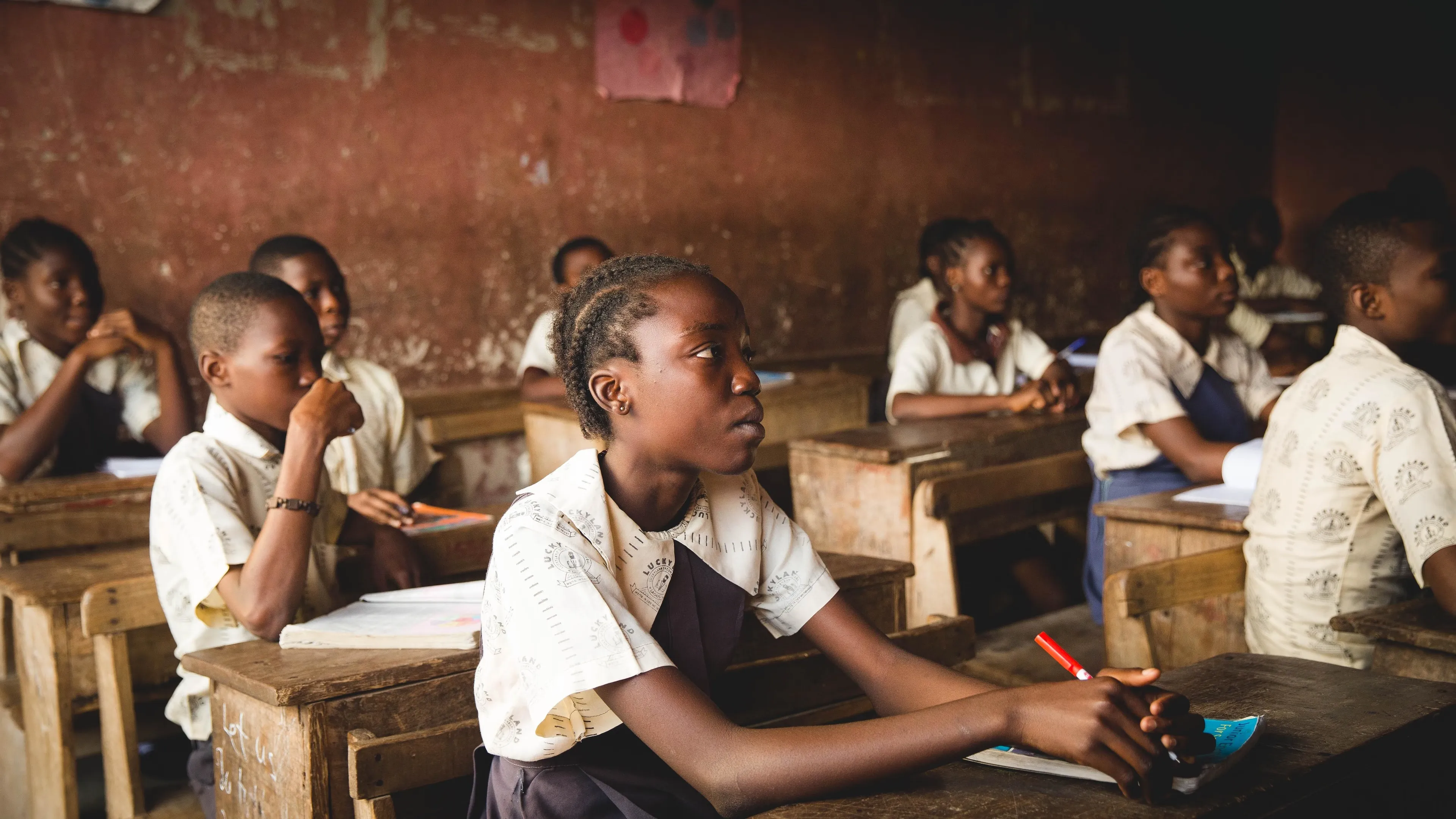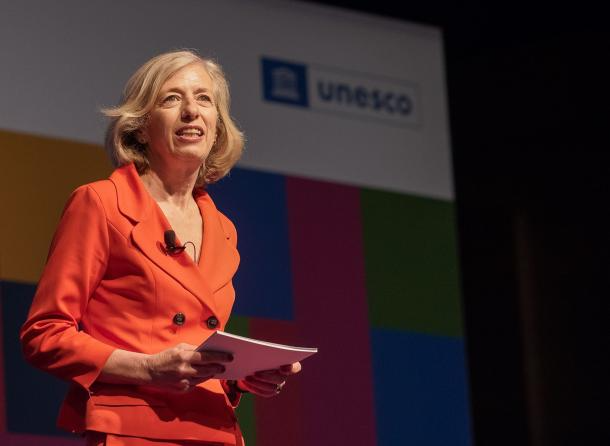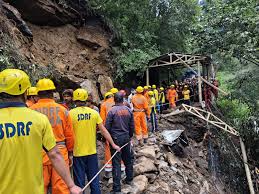
Global learning poverty alert
Global Learning Poverty Reaches Alarming Levels A Wake Up Call for Educational Equity
A new international alert issued by leading education and development organizations has cast a stark spotlight on an escalating crisis that threatens the futures of hundreds of millions of children around the world learning poverty. Defined as the inability of a 10 year old child to read and understand a simple text, learning poverty is no longer a challenge confined to conflict zones or under resourced countries. It is a deepening global emergency affecting developing and developed nations alike, and its long term consequences could be catastrophic for both individuals and global economic progress if left unaddressed.
According to a recent joint report by UNESCO, UNICEF, and the World Bank, global learning poverty has surged to over 70% in low and middle income countries a dramatic increase from pre pandemic levels when the figure hovered around 53%. This means that more than two thirds of 10 year old children in these countries cannot meet basic literacy benchmarks. The COVID 19 pandemic, which caused prolonged school closures and unequal access to digital learning, has been identified as a major accelerant. However, the roots of the crisis run deeper, tied to systemic inequalities in education systems, insufficient investment, poorly trained teachers, and outdated curricula.
The data paints a grim picture. In Sub Saharan Africa, learning poverty levels now exceed 80%, while South Asia and parts of Latin America are not far behind. Even in wealthier regions such as Eastern Europe and Southeast Asia, gains in learning outcomes have either plateaued or reversed. Children from marginalized communities especially girls, refugees, children with disabilities, and those from ethnic minorities are disproportionately affected. Many of these children either never enrolled in school or dropped out due to socioeconomic pressure, conflict, displacement, or early marriage. Others attend school but receive such poor quality instruction that they remain functionally illiterate after several years.
Alarmingly, learning poverty is not just about reading; it is a reflection of the overall quality of education and its capacity to prepare children for life. Experts warn that when children cannot master foundational literacy skills, they struggle to access other domains of learning such as math, science, and critical thinking. These deficits accumulate, leading to diminished cognitive and emotional development, reduced life opportunities, and eventually, lower earning potential. For countries, the consequences are equally dire stunted economic growth, reduced innovation capacity, and growing inequality. Some economists estimate that the learning crisis could result in a global GDP loss of more than $21 trillion over the lifetime of today’s generation of students.
In response to the alert, global education leaders are urging governments, donors, and the private sector to adopt an “education emergency” mindset. Central to this approach is the idea of prioritizing foundational learning in early grades, particularly reading comprehension and numeracy. This would involve revising curricula to focus on essential skills, enhancing teacher training programs, investing in child friendly assessment tools, and creating interventions targeted at struggling students. Several countries have already begun implementing foundational learning initiatives with measurable success. For example, Kenya’s Tusome literacy program and India’s NIPUN Bharat mission are showing that systemic reform combined with political will can lead to significant improvements in learning outcomes in a relatively short time.
However, scaling such efforts globally presents immense challenges. Financing remains a critical bottleneck. UNESCO estimates that low income countries face an annual education funding gap of over $200 billion if they are to meet Sustainable Development Goal 4 (Quality Education for All) by 2030. Despite pledges from international donors, actual disbursements have fallen far short, and education remains one of the most underfunded sectors in humanitarian response plans. Furthermore, the digital divide continues to hamper efforts to modernize education delivery. During the pandemic, millions of students lacked access to online learning due to device shortages, unreliable electricity, or lack of internet infrastructure particularly in rural and conflict affected areas.
Another critical factor is the growing global teacher shortage. UNESCO reports that 69 million new teachers will be needed by 2030 to achieve universal education. Yet many countries face declining interest in the teaching profession due to low salaries, inadequate training, and poor working conditions. Those who do enter classrooms are often overburdened, under resourced, and unsupported. Reimagining education will therefore require not only recruiting more teachers but also investing heavily in their professional development and well being. Teachers must be empowered with the skills, autonomy, and resources to deliver effective and engaging instruction especially in early grades where foundational skills are built.
Community involvement is also essential to tackling learning poverty. Parents and caregivers must be viewed as critical partners in children’s learning, especially in contexts where home environments may lack books, literacy exposure, or educational encouragement. Initiatives like parent literacy programs, home reading kits, and community led tutoring can reinforce school based efforts and foster a culture of learning outside the classroom. Moreover, greater attention must be paid to psychosocial support for children, many of whom are recovering from trauma, displacement, or the emotional toll of the pandemic. A holistic approach to education that nurtures mental well being alongside academic growth is increasingly recognized as a non negotiable component of quality learning.
In conclusion, the global alert on learning poverty serves as a sobering wake up call. It reveals that the world is not just falling short of its educational targets it is losing an entire generation to preventable academic failure. The crisis demands bold, coordinated action at every level, from international policy to grassroots innovation. If foundational learning can be placed at the heart of global education reform, and if resources are mobilized in time, there is hope that the tide can be turned. But the window for action is closing fast. As one education expert put it “The choice before us is not if to act, but if we act soon enough to give every child the future they deserve.”











